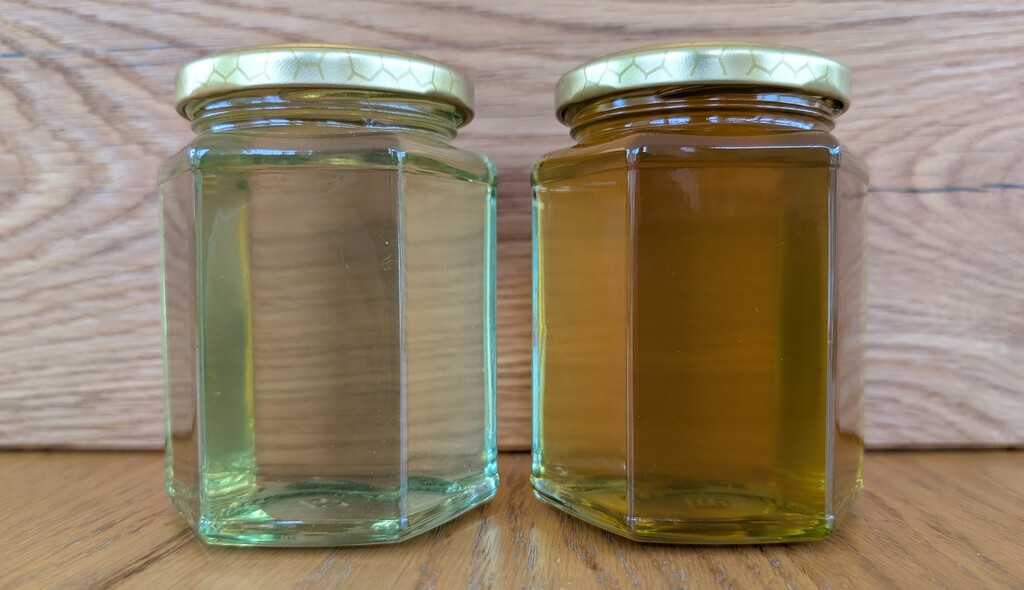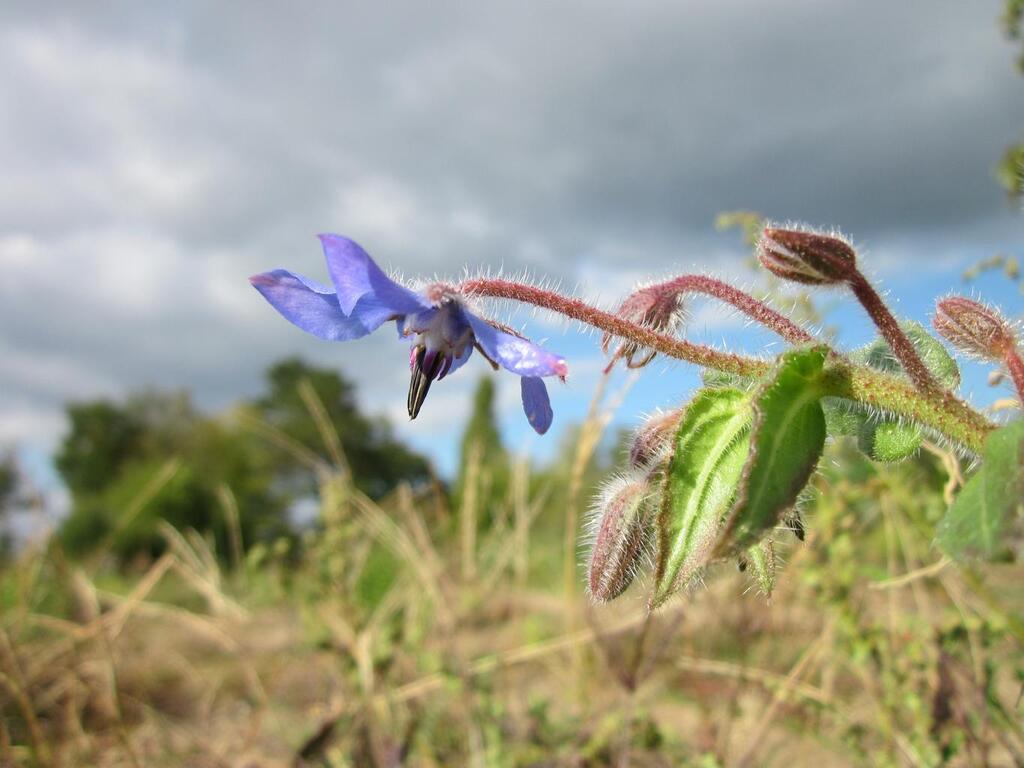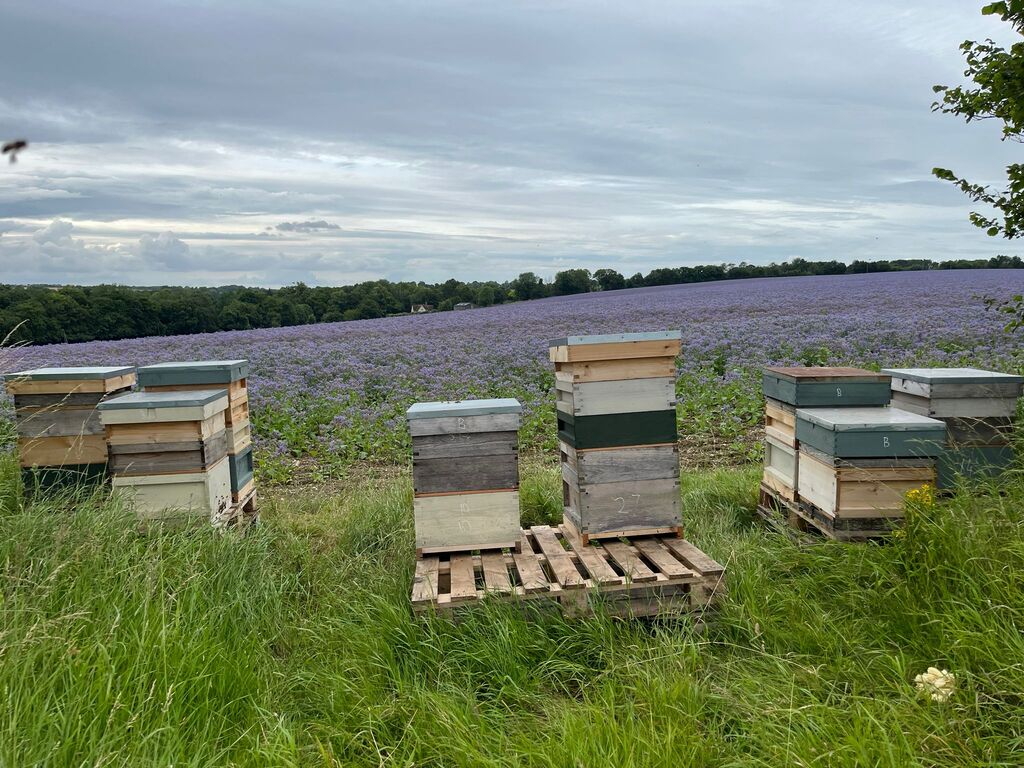Hi there, there’s a chance you’ve arrived here from a QR code on the back of one of my jars or section boxes: if so, welcome, the honey you have in front of you is from ‘borage’ flowers, please let me tell you a little about it.

Borage, also known as starflower2, is a versatile herb with a rich history and a wide range of uses. Native to the Mediterranean region, borage is recognized for its vibrant blue, star-shaped flowers and cucumber-flavored leaves which are often used in salads and drinks (like Pimms).

Borage is grown in the UK predominantly for its seed-oil which is used in food supplements, cosmetics and pharmaceuticals. The flowers are a magnet for pollinators, so while they attract many insects from a wide area they also require pollination at scale and at a predictable time in order for farmers to get the most from the crop.

To maximise their yield farmers often invite beekeepers to bring their hives to the borage fields at the right point in the season and beekeepers are often happy to oblige – borage can yield a very substantial harvest of thick, sweet and almost3 uniquely clear honey. The effort of moving hives to and from the fields is usually considered worth it for the size of this later season crop.
- This is not a great photo: the light indoors is poor and apparently its tricky to photograph relective/transparent glass – who knew eh?! ↩︎
- A quick glance at the flower’s shape makes this a fairly obvious name! 🙂 ↩︎
- “Almost” because other sources can produce very light coloured honey: clover, acacia, OSR but borage is very attractive to bees and tends to end up quite ‘pure’, i.e. not mixed with other sources within the frames. ↩︎
